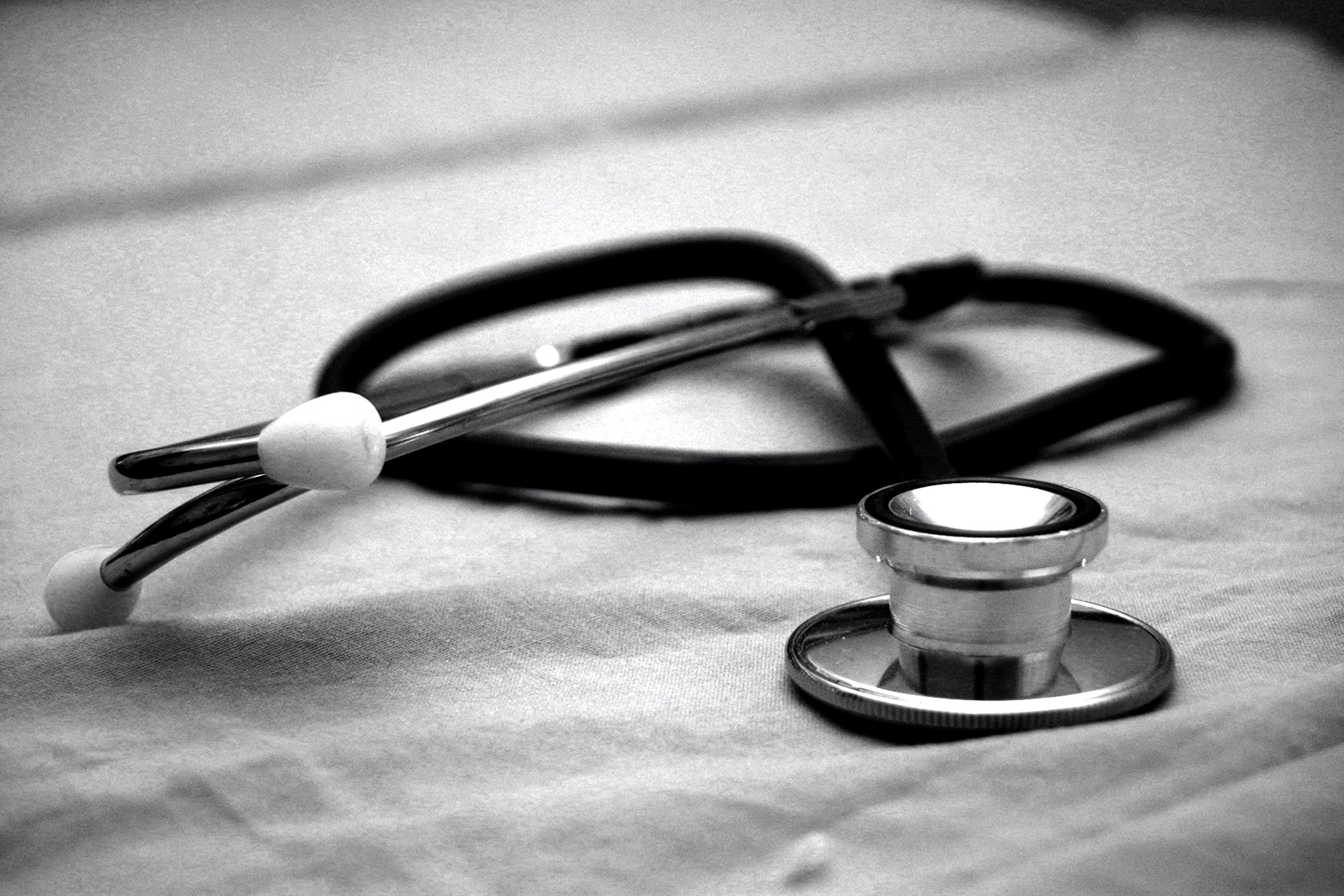The following are the requirements for the medical certification of aircrew, including guidance material issued by the UK CAA Medical Department in relation to the musculoskeletal system.
MED.B.050 Musculoskeletal System
Implementing Rules
- Applicants who do not have sufficient sitting height, arm and leg length and muscular strength for the safe exercise of the privileges of the licence shall be assessed as unfit. However, where their sitting height, arm and leg length and muscular strength is sufficient for the safe exercise of the privileges in respect of a certain aircraft type, which can be demonstrated where necessary through a medical flight or a simulator flight test, the applicant may be assessed as fit and their privileges shall be limited accordingly.
- Applicants who do not have satisfactory functional use of the musculoskeletal system to enable them to safely exercise the privileges of the licence shall be assessed as unfit. However, where their functional use of the musculoskeletal system is satisfactory for the safe exercise the privileges in respect of a certain aircraft type, which may be demonstrated where necessary through a medical flight or a simulator flight test, the applicant may be assessed as fit and their privileges shall be limited accordingly.
- In case of doubt arising in the context of the assessments referred to in points (a) and (b), applicants for a class 1 medical certificate shall be referred to the medical assessor of the licensing authority and applicants for a class 2 medical certificate shall be assessed in consultation with the medical assessor of the licensing authority.
Acceptable Means of Compliance
CLASS 1 - AMC1 MED.B.050
(a) Applicants with any significant sequelae from disease, injury or congenital abnormality affecting the bones, joints, muscles or tendons with or without surgery require full evaluation prior to a fit assessment.
CLASS 2 - AMC2 MED.B.050
(a) Applicants with any significant sequelae from disease, injury or congenital abnormality affecting the bones, joints, muscles or tendons with or without surgery should require full evaluation prior to a fit assessment.
CLASS 1 - AMC1 MED.B.050
(b) Applicants with inflammatory, infiltrative, traumatic or degenerative disease of the musculoskeletal system may be assessed as fit, provided the condition is in remission or is stable and the applicant is taking no disqualifying medication and has satisfactorily completed a medical flight or simulator flight test. Appropriate limitation(s) apply.
CLASS 2 - AMC2 MED.B.050
(b) Applicants with inflammatory, infiltrative, traumatic or degenerative disease of the musculoskeletal system may be assessed as fit provided the condition is in remission or is stable and the applicant is taking no disqualifying medication and has satisfactorily completed a medical flight test. Appropriate limitation(s) may apply.
CLASS 1 - AMC1 MED.B.050
(c) Applicants with abnormal musculoskeletal system, including obesity, undertaking medical flight or flight simulator testing should satisfactorily perform all tasks required for the type of flight intended, including the emergency and evacuation procedures.
CLASS 2 - AMC2 MED.B.050
(c) Applicants with abnormal musculoskeletal system, including obesity, undertaking a medical flight test should satisfactorily perform all tasks required for the type of flight intended, including the emergency and evacuation procedures.
Guidance Material
Examination of the musculoskeletal system
At routine medical examination much information on musculoskeletal function is obtained informally by observation of the applicant as they walk, sit, climb onto the examining couch etc. At the initial examination, following musculoskeletal injury or if there is any other reason to suspect impaired function, formal examination is required. This will include, as a minimum, demonstration of a satisfactory range and strength of neck and limb movement, of stability of joints likely to be subjected to prolonged or sudden stress and the absence of pain or medication side-effects likely to affect concentration or judgement. The Standards for Performing Aviation Medical Examinations on Behalf of the UK Civil Aviation Authority set out the minimum examination that should be undertaken. More detailed examination will be required for applicants with musculoskeletal disease/injury and supplementary notes can be found in Examination of the musculoskeletal system.
Medical Flight Test Form - Musculoskeletal (PDF)
Medical reports - Musculoskeletal (PDF)
Guidance for the Medical certification of pilots with a musculoskeletal disability
Guidance for the assessment of Prosthetic Limbs
Limb prosthesis assessment form
Physical Disability and Aviation Medical Certification
In the aviation environment impairment of the musculoskeletal system may cause difficulty in entry to and exit from an aircraft and safe operation of controls. Restricted mobility may adversely affect the ability to read instruments or keep a satisfactory lookout. Applicants for medical certification with musculoskeletal disabilities require assessment to ensure they have the strength and range of movement necessary to operate an aircraft safely, with aids or modifications to controls as appropriate, and that they are not experiencing symptoms or medication side effects likely to impair judgement and concentration.
Bladder antispasmodics
Information on bladder antispasmodics
Medical certification following injury
UK CAA guidance on medication used in musculoskeletal conditions.
Obesity guidance (PDF)


Provide page feedback
Please enter your comments below, or use our usual service contacts if a specific matter requires an answer.
Fields marked with an asterisk (*) are required.